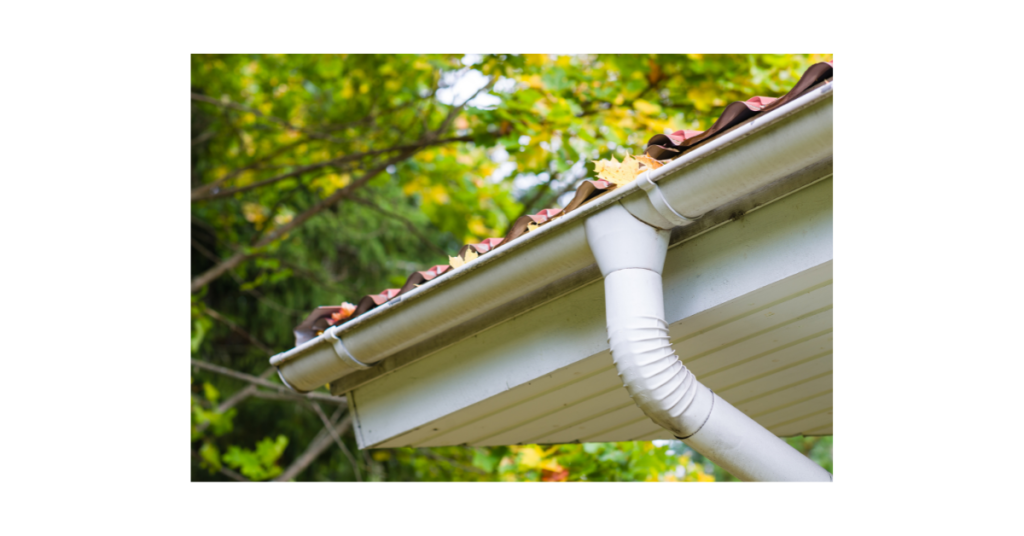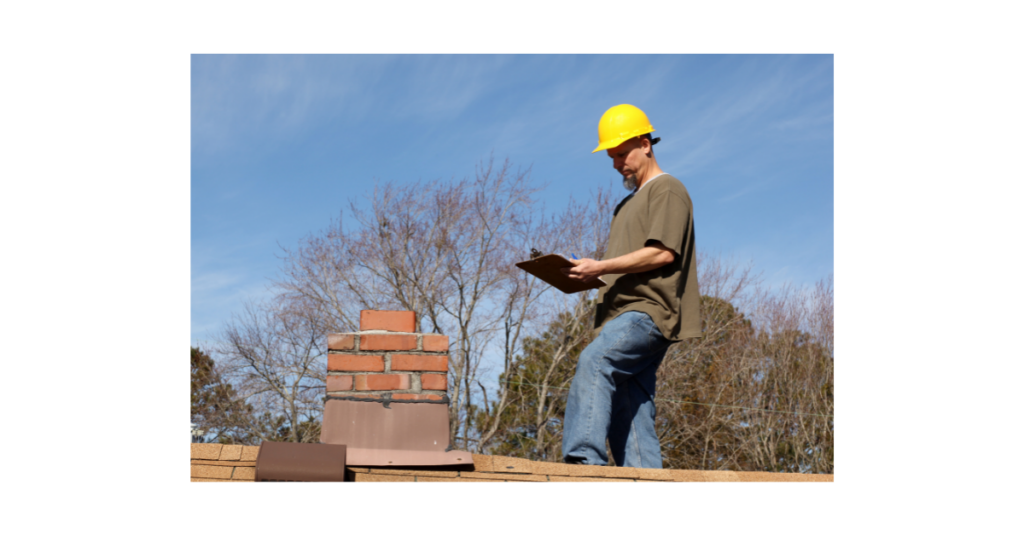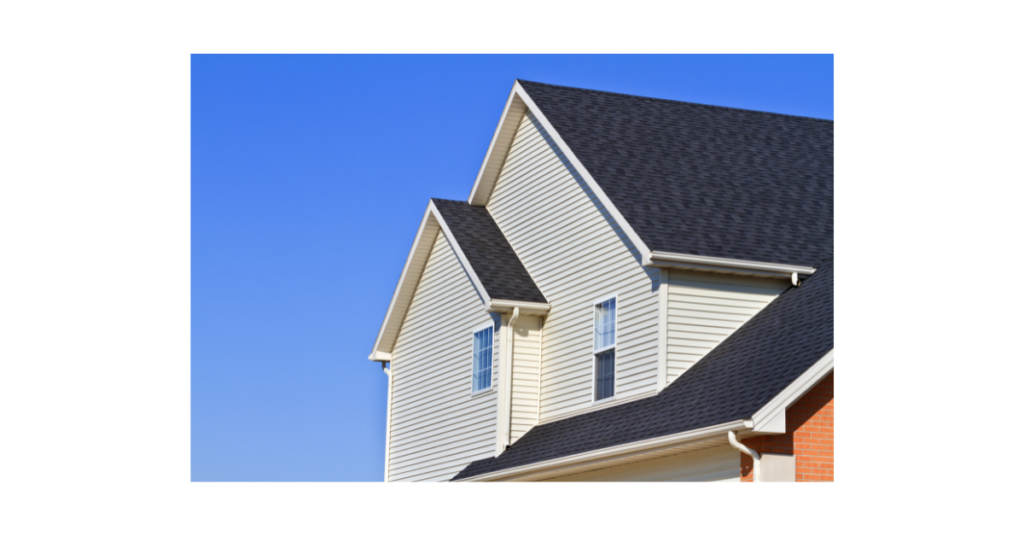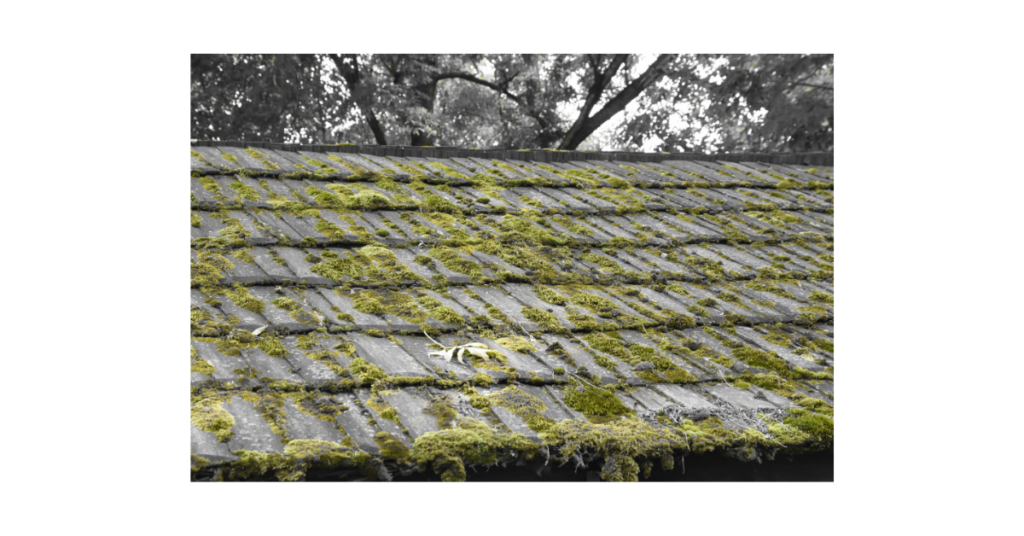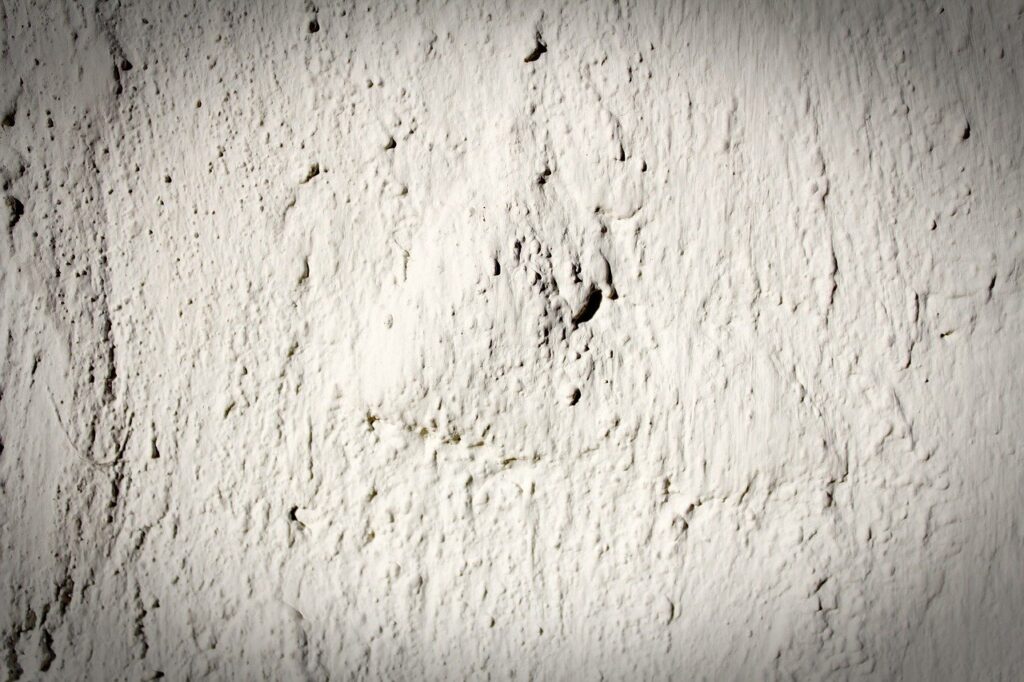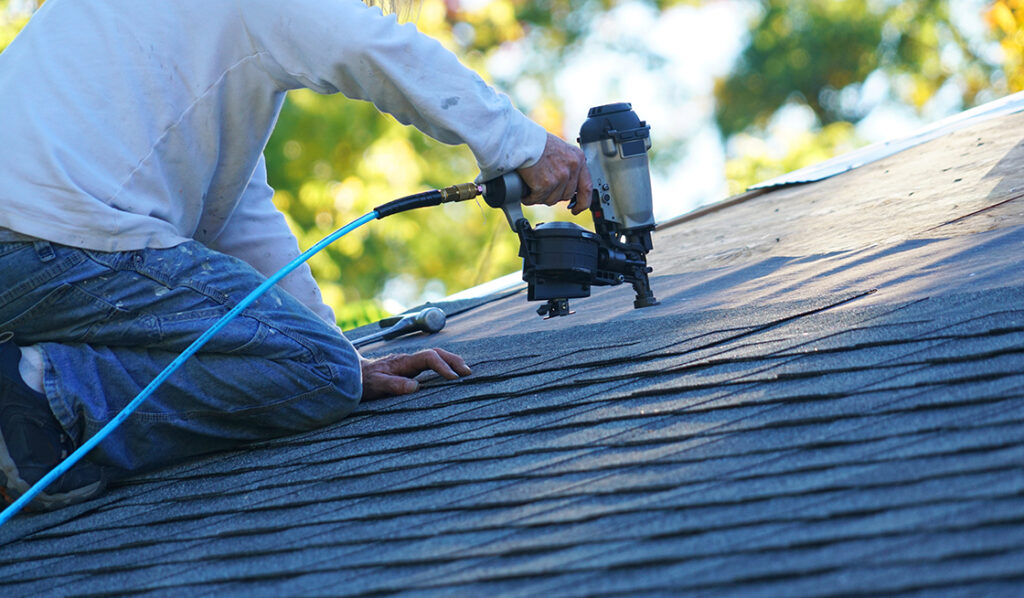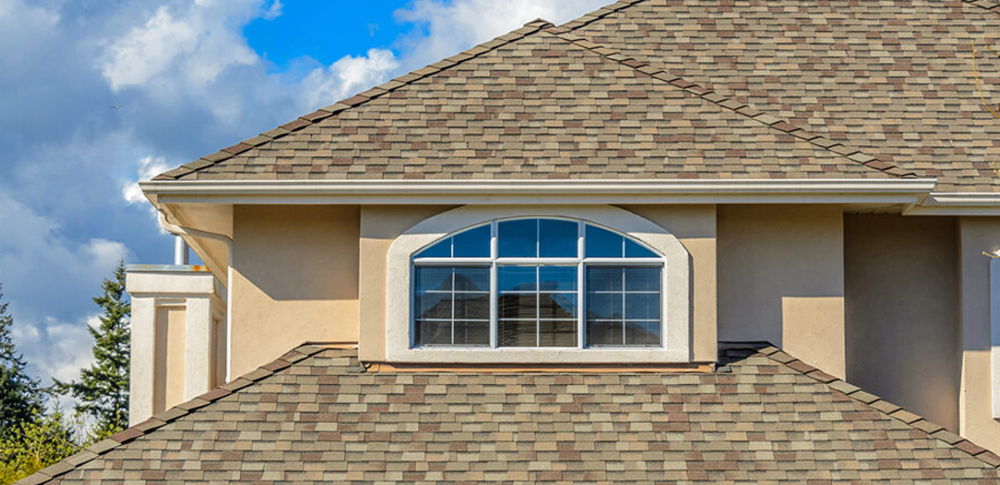Gutter cleaning and maintenance in the autumn are important in order to prepare for the winter months. When hit by winter weather, clogged or damaged gutters or downspouts can sag or break off, back up and create ice sheets that damage your roof, or leak and create icy conditions below. So take the time now to make sure your gutters are prepared for the winter.
Please be careful!
There are some things homeowners can do for themselves, but we ask you to be very cautious. As professional contractors, we have the equipment, experience, and training to get up on roofs or clean gutters with a reasonable degree of safety. If you do not have the right equipment, or if you are not comfortable with heights, please do not try to do this by yourself! Having a professional clean your gutters does not cost much, but it could save you a great deal of expense and pain if you hurt yourself.
That said, some homeowners are able to do basic maintenance, such as:
- Remove obvious debris: A garden trowel or gutter scoop will help you clean out your gutters.
- Flush the gutters: Look for leaks in the gutter system and clogs in the downspouts. The water should run freely. Sometimes clogs can occur in the elbows of downspouts, so be sure to clean them out. Small leaks can be caulked.
- Check that your gutters aren’t bent or twisted. If the damage is minor, you may be able to gently straighten them.
- Tighten loose gutters: Sometimes the nails that attach the gutters to the fascia board can start to work their way out. Tap them back in place with a small hammer, being careful not to do any damage.
Some Do’s and Don’ts
Do wear gloves and other protective gear to protect your eyes, hands, and even your head. A hard hat is a great item to have around for everyday repairs.
Don’t lean your ladder on your gutter. That’s not what the gutter is for. It is not strong enough to support your weight. At the very least, you will likely bend your gutter, causing yet another repair; at worst, it could break and you could fall.
Consider installing gutter guards that will provide protection for your gutters from large debris while allowing water to flow freely. This may require the help of a professional.
Please don’t get up on your roof to work or walk around. While it’s a good idea to eyeball the condition of your roof while you are closer to it, resist the temptation to get up there. Contact a professional for a yearly roof inspection.
Getting help
If you feel uncomfortable cleaning or inspecting your gutters yourself, especially if you live where trees create a great deal of debris, please call a professional. That’s why we’re here.
If you have discovered serious problems with your gutters or you suspect your roof may have a problem (please check out our Roof blog post for signs you may have roof damage), leave it to a professional to evaluate your particular needs. The problem may not be as bad as you think, or it may not be as expensive to fix as you fear. Just make sure you choose an experienced and reputable contractor to look at the situation and give you an evaluation.
We strongly encourage gutter guards. There are a variety of styles to choose from, depending on your needs and your budget, and they will save you a great deal of trouble in the future and could help prevent future roof damage or decay.
While your contractor is working on your gutters, have him or her inspect your roof as well, to give you the peace of mind that all is well or to catch problems while they are still small. Again, be sure to choose a reputable person in order to avoid roofing scams.
Call us at (610) 353-2895 to see how we can help you get your home ready for winter weather.

